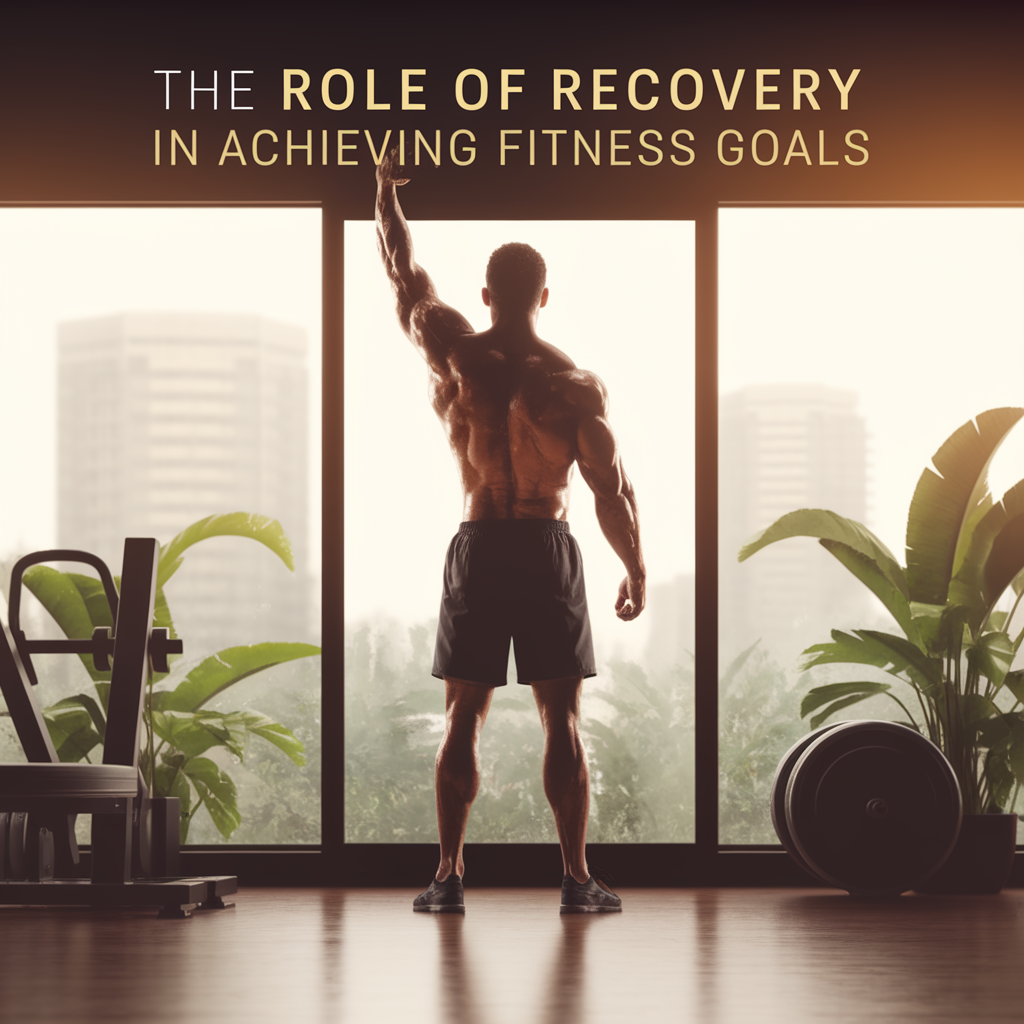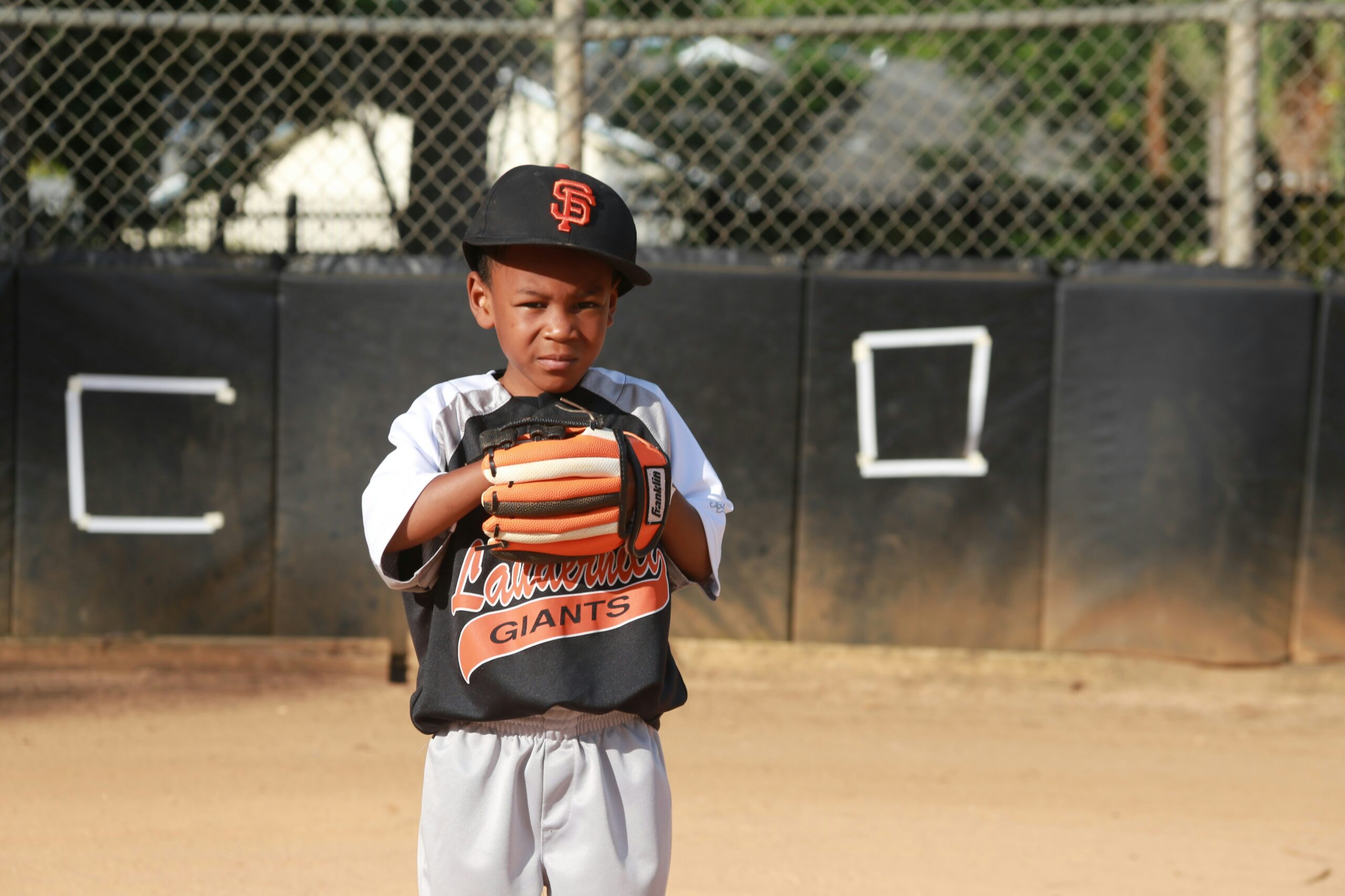The Role of Recovery in Achieving Fitness Goals
Have you ever found yourself stuck in the perpetual cycle of exercise, feeling more like a hamster on a wheel than an athlete chasing your fitness goals? It’s a common plight. Many of us dive headfirst into training regimens, fueled by ambition and perhaps a hint of caffeine, only to find ourselves facing fatigue, injury, or worse—complete burnout. But what if I told you that the secret sauce to smashing those fitness goals isn’t just about pushing harder or longer, but rather about taking a step back? Yes, I’m talking about recovery.
Understanding Recovery: A Necessary Component
Let’s clarify what recovery really means in the context of fitness. Recovery isn’t simply about slumping on the couch after a long run (although, I must admit, I’ve done my fair share of that). It encompasses a spectrum of practices that help your body repair, rebuild, and ultimately become stronger. This can include rest days, sleep, nutrition, active recovery, and techniques like stretching or foam rolling.
It struck me that many fitness enthusiasts, myself included at times, often overlook recovery in pursuit of that elusive “gains” mantra. The truth is, muscles don’t grow during workouts; they grow during recovery. In fact, a significant number of sports scientists advocate for a balanced approach where recovery is treated with as much importance as the workouts themselves. It’s like trying to bake a cake without letting it cool—everything will get messy!
The Science Behind Recovery
Now, you might be wondering, “What’s the science behind this whole recovery thing?” Great question! During exercise, your muscles experience tiny tears. (Yikes, right?) It’s during recovery that your body repairs these tears, which ultimately leads to muscle growth and improved performance. This process involves several physiological mechanisms, including:
- Protein Synthesis: After a workout, your body ramps up protein synthesis, repairing those pesky muscle tears.
- Hormonal Balance: Recovery helps regulate hormones such as cortisol and testosterone, crucial for muscle repair and growth.
- Inflammation Reduction: Post-exercise, your body works to reduce inflammation, making you feel fresher and ready to tackle your next workout.
Studies have shown that inadequate recovery can lead to overtraining syndrome, a condition characterized by fatigue, decreased performance, and even mood swings (I know, nobody wants to be ‘that’ person at the gym). A well-structured recovery plan can help mitigate such risks, allowing you to train smarter, not just harder.
Types of Recovery
Recovery isn’t a one-size-fits-all solution. It comes in various forms, and understanding these can help you tailor a plan that suits your personal fitness journey.
1. Active Recovery
Contrary to what you might think, taking a break doesn’t always mean doing absolutely nothing. Active recovery involves engaging in low-intensity activities after a tough workout. Think light jogging, cycling, or yoga. A bit of movement can stimulate blood flow to the muscles, aiding in the recovery process.
2. Passive Recovery
This is where you can embrace the art of doing nothing—well, almost. Passive recovery means resting completely, allowing your body to recuperate. This might include taking a couple of days off from training, lounging on the sofa, or binge-watching your favorite series (guilty!).
3. Nutritional Recovery
Ah, food—the delicious ally in your road to recovery. Consuming the right nutrients post-exercise is vital. Protein aids muscle repair, carbohydrates replenish glycogen stores, and hydration helps maintain overall function. I fondly remember the time I fueled a killer leg day with a post-workout smoothie that tasted like heaven—banana, spinach, and a scoop of protein powder. It was a game-changer!
4. Sleep Recovery
Let’s get real: sleep is often the unsung hero in the recovery narrative. Research suggests that getting sufficient sleep (7-9 hours, ideally) is crucial for optimal recovery. While you snooze, your body works hard, releasing growth hormones and repairing muscle tissues. So, the next time you’re tempted to scroll through social media at 2 AM, remember that your muscles are calling for a good night’s sleep!
Creating a Recovery Plan
Alright, so how do you actually incorporate recovery into your fitness regimen? It’s simpler than you might think. Here’s a structured plan to get you started:
Assess Your Workouts
Take an honest look at your training schedule. Are you pushing yourself hard every day? If so, it might be time to dial it back. Incorporate rest days and vary the intensity of your workouts. For example, if you’re hitting the weights hard on Mondays, consider a lighter cardio session or active recovery on Tuesdays.
Listen to Your Body
Your body is a remarkable machine, often sending signals when it needs a break. Pay attention to signs of fatigue, soreness, or lack of motivation. Ignoring these cues can lead to injury or burnout, both of which are decidedly less fun than your average workout.
Schedule Recovery Days
Just as you schedule gym sessions, make it a point to schedule recovery days. This could mean a full day off or a lighter workout day. I find that blocking these days on my calendar makes it easier to stick to the plan. It’s almost like giving yourself permission to relax—who doesn’t love that?
Prioritize Sleep and Nutrition
Make sleep a priority and ensure you’re nourishing your body with the right foods. Consider meal prepping to avoid the temptation of reaching for unhealthy snacks post-workout. A little planning goes a long way in keeping you on track.
Common Misconceptions About Recovery
As with many things in fitness, misconceptions abound. Let’s debunk a few myths about recovery that could be holding you back:
Myth 1: More Exercise Equals Faster Results
Not true! While it’s tempting to think that longer workouts lead to quicker results, the opposite is often true. Overtraining can hinder progress. It’s all about balance.
Myth 2: Skipping Recovery Days Is Okay
Some folks think they can skip recovery days and just power through. Trust me, your body will eventually revolt. It’s not worth it! Recovery days are essential for sustainable progress.
Myth 3: Only Elite Athletes Need Recovery
This couldn’t be further from the truth. Whether you’re a weekend warrior or a professional athlete, everyone needs recovery. It’s a universal need, and ignoring it can lead to setbacks for anyone.
Real-Life Examples: Athletes and Recovery
Let’s draw inspiration from athletes who have publicly shared their recovery strategies. Serena Williams, for example, emphasizes the importance of sleep in her training regimen. She often talks about how a good night’s rest helps her recover both physically and mentally. Then there’s LeBron James, who invests in a personal trainer and recovery specialists to ensure he’s always at his best. These athletes demonstrate that recovery isn’t just an afterthought; it’s a fundamental part of their success.
In my own experience, I remember when I trained for a marathon. I was so consumed with logging my miles that I neglected recovery. My legs were tired, and I felt like a walking zombie. It wasn’t until I finally took a week off, indulged in some gentle yoga, and focused on rest that I came back stronger than ever. I still remember that first run post-recovery—it felt like flying!
The Impact of Technology on Recovery
In today’s digital age, technology has significantly influenced the way we approach recovery. There’s a plethora of apps designed to help track sleep, hydration, and nutrition. Some even offer guided meditation or recovery workouts. For instance, apps like MyFitnessPal can help you monitor your nutrient intake, while Headspace offers calming meditations to ease your mind.
Additionally, recovery devices like foam rollers, massage guns, and even compression garments have gained popularity. While these tools can enhance recovery, it’s essential to remember that they should complement—not replace—traditional recovery practices.
The Bottom Line: Recovery is Key
Ultimately, recovery is not just a luxury; it’s a necessity in the pursuit of fitness goals. By giving your body the time and care it needs to recover, you’re laying a solid foundation for long-term success. So, the next time you find yourself in the gym, remember that it’s not just about how much you can lift or how fast you can run. It’s also about how well you can recover.
In the grand scheme of things, achieving your fitness goals is about balance—between effort and rest, intensity and relaxation. Embrace recovery, and you might just find that you’re not only achieving your goals but also enjoying the journey a whole lot more. And honestly, isn’t that what it’s all about?
So, go ahead, take that well-deserved rest day. Your body will thank you, and your future self might just reward you with some impressive gains.







